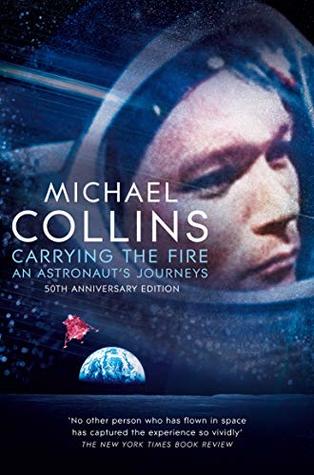More on this book
Community
Kindle Notes & Highlights
Read between
November 18 - November 24, 2020
Gaia has been around for a while. René Dubos (1901–82) called such a concept “a theology of the Earth.” Loren Eiseley (1907–77) wrote of a living earth that could repair itself, but it took the biologist James Lovelock to choose the name Gaia as the sum total of all earthly life-forms. I guess he meant all the way, from E. coli and elephants to us folks. Gaia may not exist, but I do talk to her.
I had finally built up my flying time past the magic fifteen-hundred-hour mark, and I immediately fired off an application to test pilot school, and now waited at Nellis for my rejection slip.
Roscoe had flown with a waxed mustache and a pet lion named Gilmore; we flew with a rule book, a slide rule, and a computer.
As will be discussed later, the astronauts were hired early enough to participate in the design phases of Gemini and Apollo, and in my view this was one of the wisest decisions NASA made.
A test pilot, more than any other type of aviator, must be objective. It is all right for a squadron pilot to fall in love with his airplane; it is all he has to fly, and he might just as well enjoy it because it has already been designed; it exists in its present form and no one is going to change it now. He can afford to put on his blinders, compile a long list of prejudices in its favor, and develop an almost religious fervor when discussing it. He can look with scorn or pity on the unwashed from the neighboring squadron who are not so privileged.
Living and working with these people was like having an aunt who lives in a haunted house, or a close friend who sincerely believes in astrology and can’t stop talking about it, especially delighting in reading you your horoscope on bad days. None of it is to be believed, but it’s pretty goddamned difficult to ignore.
A classic case of poor cockpit design is the ejection procedure which used to be in one Air Force trainer. It was a placard listing half a dozen important steps, printed boldly on the canopy rail where the pilot couldn’t miss seeing it. The only flaw was that step 1 was “jettison the canopy.”
“I found truth in orbit.” Wrong, I haven’t. “I found God outside my spacecraft.” Wrong, I didn’t even have time to look for Him. Would that I could, like Mercury of the winged heel, convey some swift message of value, a message of splendor and beauty, of hope and praise, a message which accurately mirrors what I have seen today.
I have plenty of time to think, if not daydream. Here I am, a white male, age thirty-eight, height 5 feet 11 inches, weight 165 pounds, salary $17,000 per annum, resident of a Texas suburb, with black spot on my roses, state of mind unsettled, about to be shot off to the moon. Yes, to the moon.


